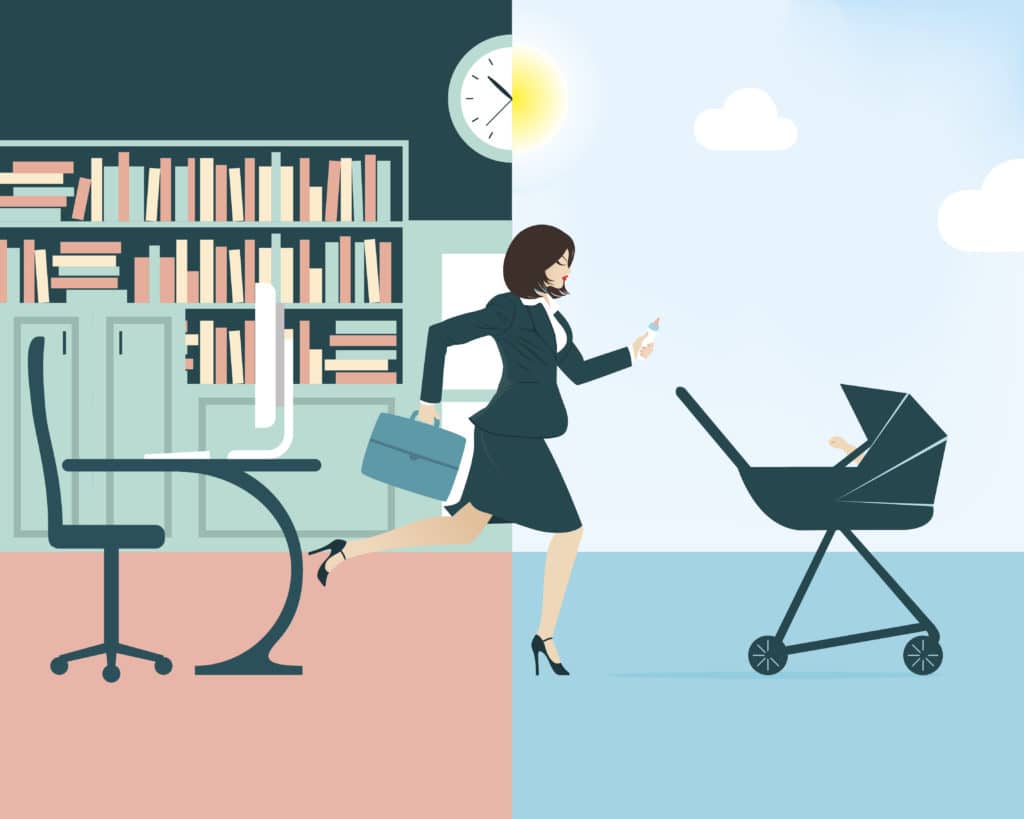The Covid pandemic is a perfect example of the boomerang effect caused by crises: if we do not come to the aid of a person in economic, social or psychological difficulty, we expose ourselves to widening social fractures.
A worsening of existing inequalities
Inequalities have worsened and the interdependency1 between types of inequalities have increased. In the United States, for example, African-Americans – overrepresented in the most disadvantaged categories – suffered 23% of fatal Covid cases, despite making up only 13% of the population.
Gender parity on the decline. As a McKinsey study2 points out, women are particularly sensitive to pressure from employers, which is reflected in a multitude of signs, such as the encouragement to always show a ‘green light’ on their computers. In some cases, Covid forced them to spend more than three extra hours a day on their children and household chores: on average this was one and a half times more common than for men. Women of colour are disproportionately affected: black mothers are twice as likely as white women to do all the housework and childcare.
Inequalities have also come to light during the recovery period. By February 2021, the employment rate for the highest paid employees had risen above its February 2020 level, while for the lowest paid it was 12% lower. In some sectors, unemployment is likely to be high for a long time, which could intensify the existing inequality of access to employment between permanent contracts and civil servants on the one hand, and all other types of contracts on the other. Hence the importance of effective social insurance, and in particular the safety net that a universal income would provide.
This is all the more important because historically disasters, whatever their nature, hit the poorest the hardest – those who have no plan B. Childcare is another area of inequality: while it is not necessary while parents work from home, it can cause insurmountable dilemmas for low-income workers already overexposed to the virus in the workplace. Tragically, the inability of a single mother to provide childcare can lead to the loss of her job and a downward spiral.
Has poverty increased? An official French report shows that 12% of the people who visited food banks between September and November 2020 were new profiles. The main reasons for using food banks are job loss, illness, and separation, all of which have been affected by the pandemic.

New inequalities
But lockdown has also introduced new types of inequalities, which may overlap with and exacerbate existing inequalities. Firstly, is the difference in health security between those who are able to remote work and those whose compulsory presence in the workplace leaves them more exposed to the virus. According to INSEE, at the end of March 2020, one third of employees in France were working at their workplace, one third were remote working and one third were furloughed.
As core workers are often low-paid employees, this is a double whammy – for example, the English core worker earns 8% less than the average wage in the UK as a whole. Neighbourhoods where these workers live experienced higher mortality rates from Covid than the rest of the population. In Toronto it was twice as high as in more privileged neighbourhoods. And certain socio-professional categories were particularly decimated: bakers in California saw their mortality soar by more than 50% by the end of 2020.
Another inequality is the weak enforcement of confinement rules in certain areas, which are already exposed to a lack of governmental powers and often economically disadvantaged. Living in cramped flats that are unsuitable for teleworking or exercise tests the limits of many families.
During the coronavirus crisis, lack of internet access can create barriers that are difficult to overcome for many households. In the US, an estimated one-third of the population has no access to the internet beyond mobile phone use, and an official report by the National Association of Counties found that 65% of US counties do not offer broadband and 50% do not even have the minimum legal speed. There is also illiteracy, which affects one in six people in France, according to INSEE, with 38% of users lacking at least one basic digital skill.
Furthermore, this digital insecurity is strongly correlated with most of the traditional inequalities. The UN has made digital access a fundamental right, but much remains to be done to ensure true digital equality. This includes increasing network coverage, facilitating learning and regulating pricing.
Differences in destiny
For children and young people, these inequalities, which are compounded and exacerbated, can have a structuring effect in the long term. This is a major issue, which should not be underestimated.
Without the Internet, it is almost impossible to continue one’s education, and even low-speed access makes it very difficult to follow courses. On the other hand, only families where the parents have a high level of education (often the most affluent) can support their children’s schoolwork. Confinement therefore led to a higher degree of social reproduction, with worrying increase inn school dropouts.
However, even the most highly educated students are still at risk. In France, a joint survey by the Conférence des grandes écoles, BCG and Ipsos covering 138 “grandes écoles” and more than 2,000 students shows that almost two thirds of students are convinced that they have dropped out and think they will have to make do with a job that falls short of their expectations. 71% have “the feeling of belonging to a generation sacrificed in the name of health security”. For 83% of them, the quality of their training has been affected by the crisis. Hence, covid has had an impact even on the elite.









